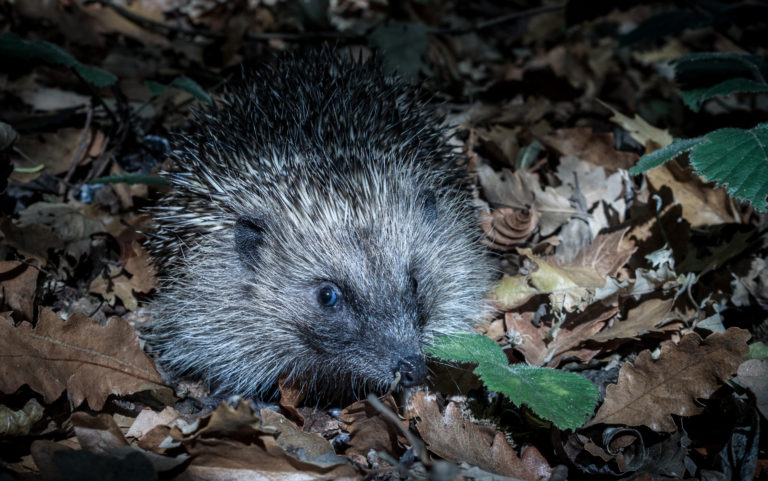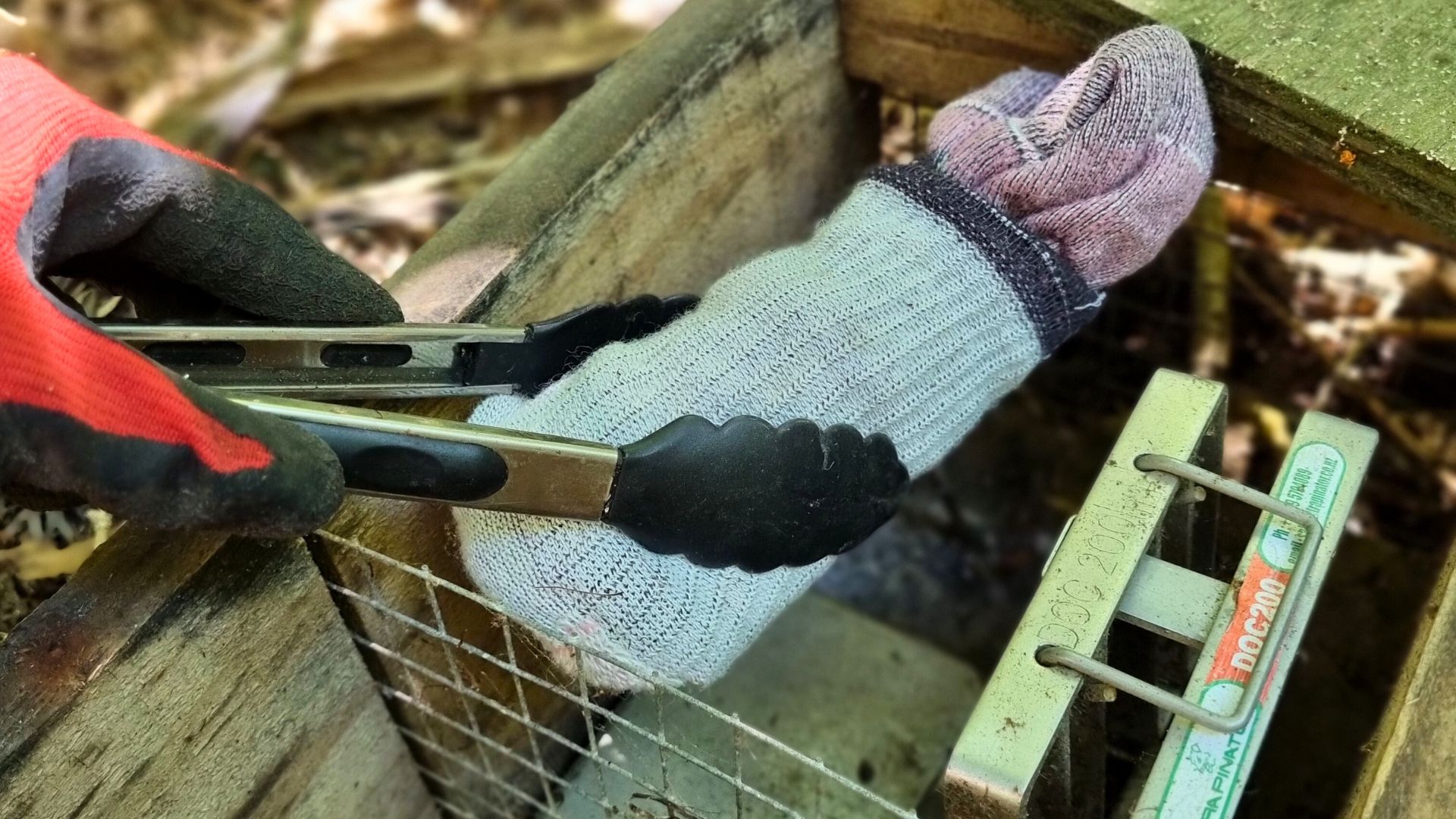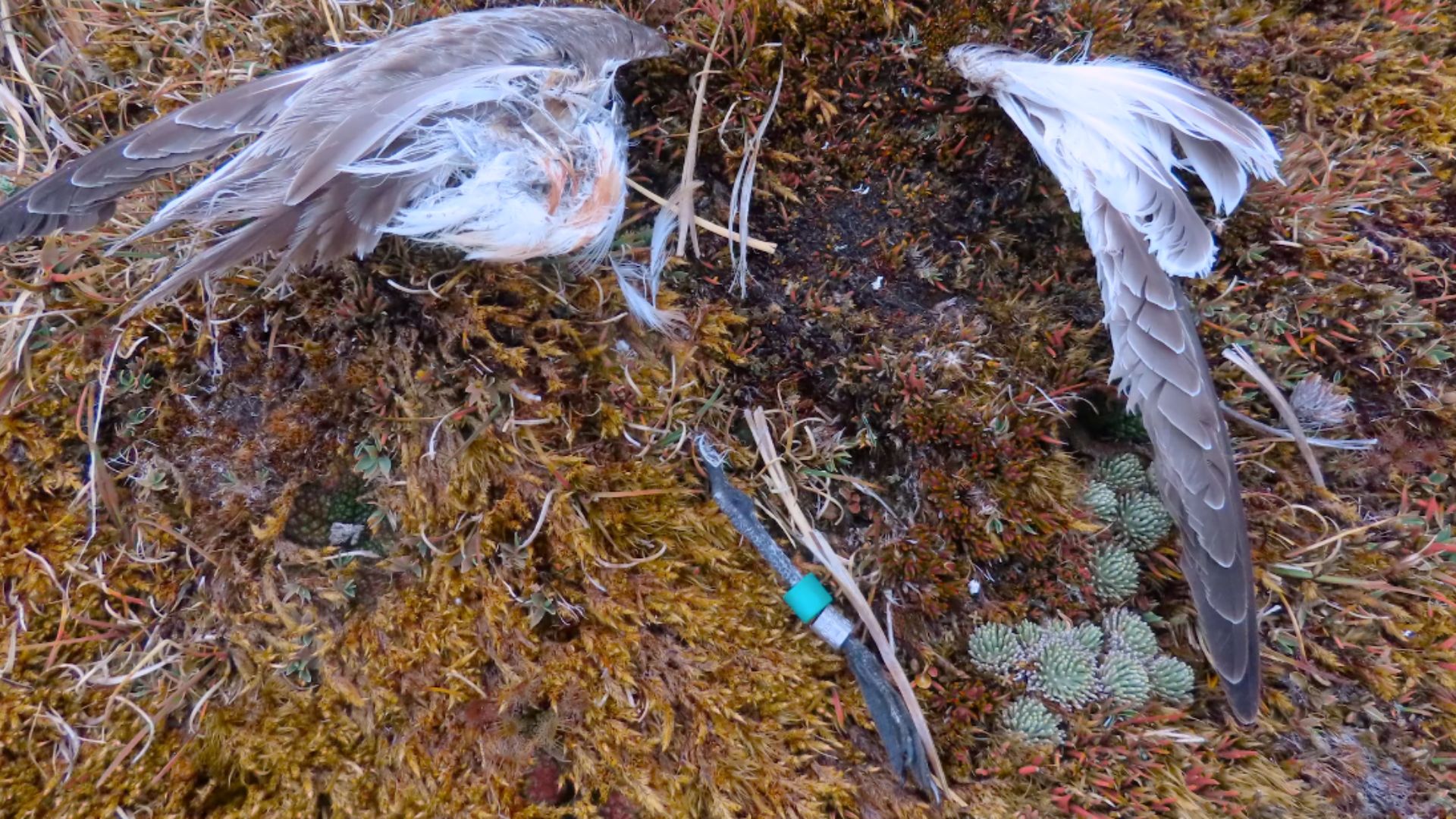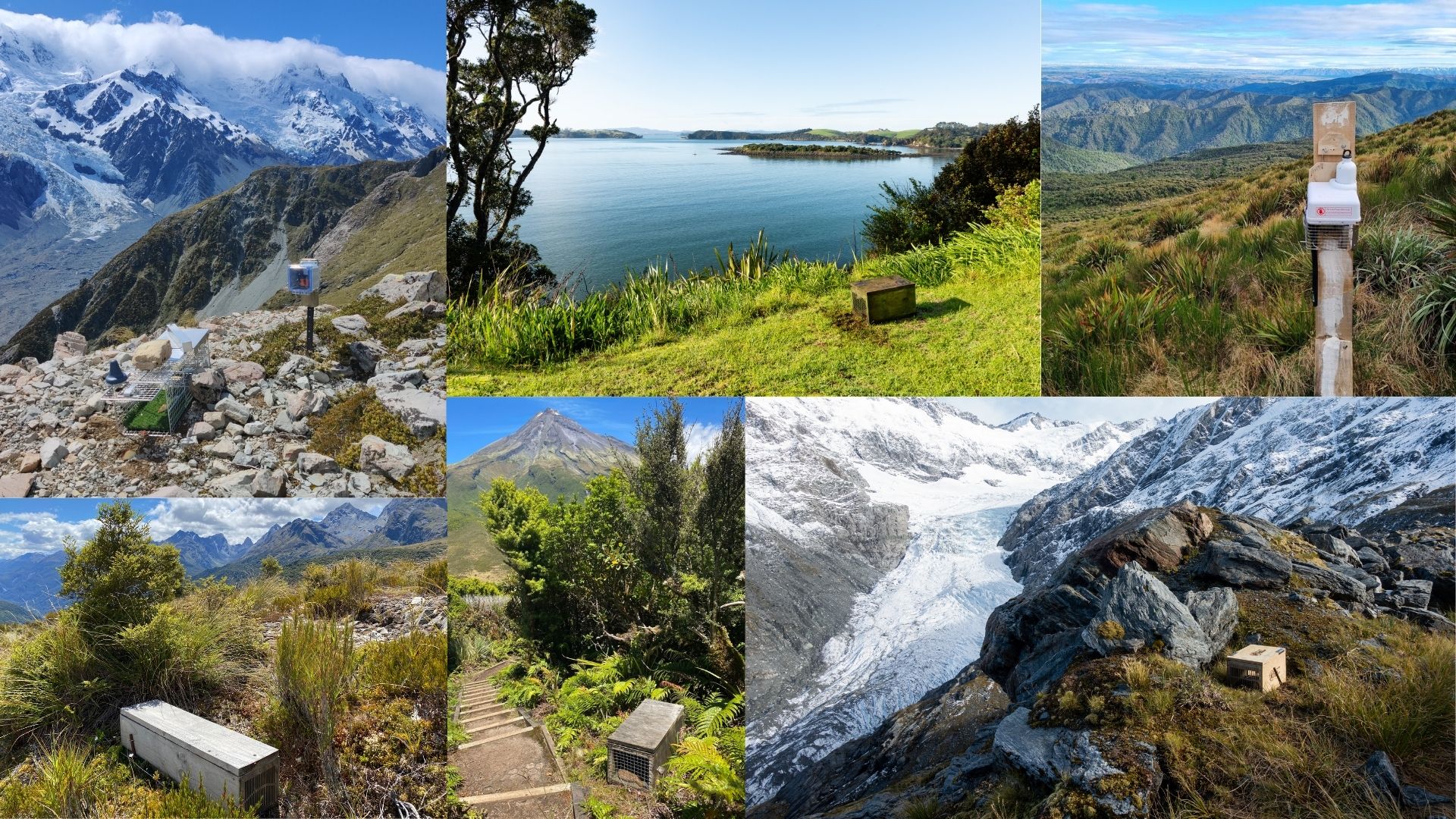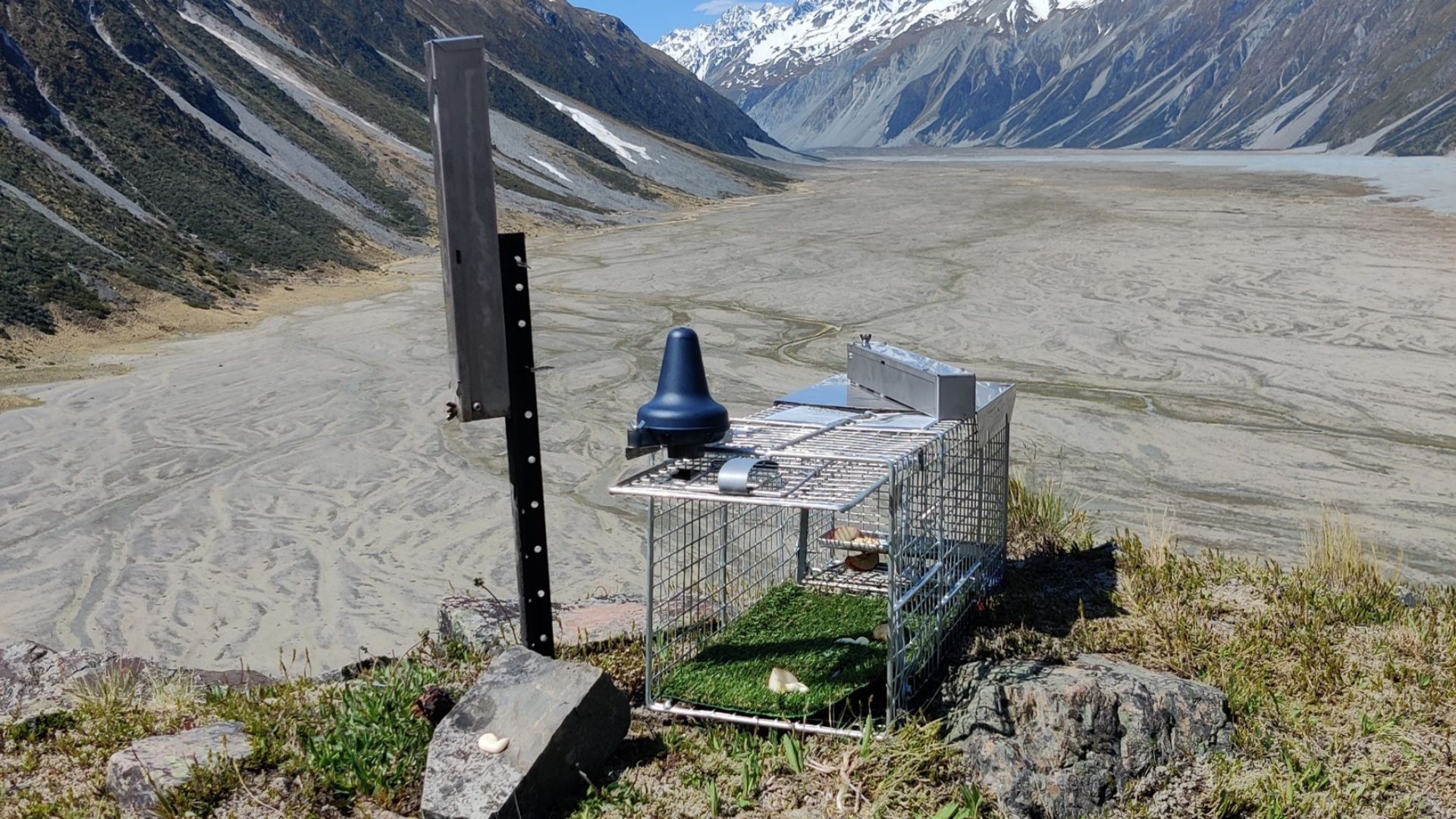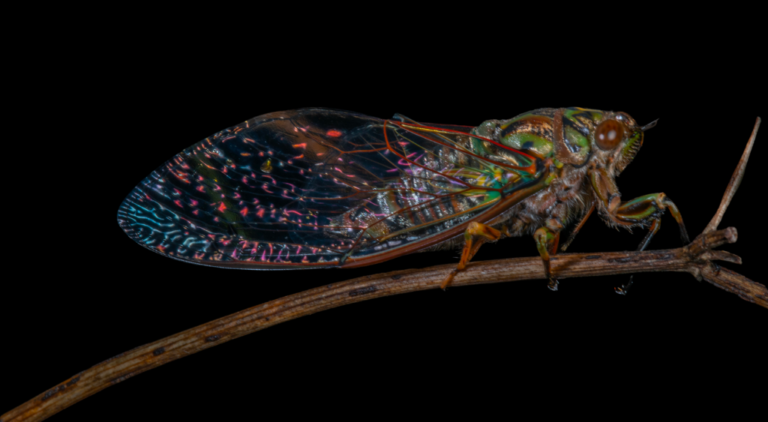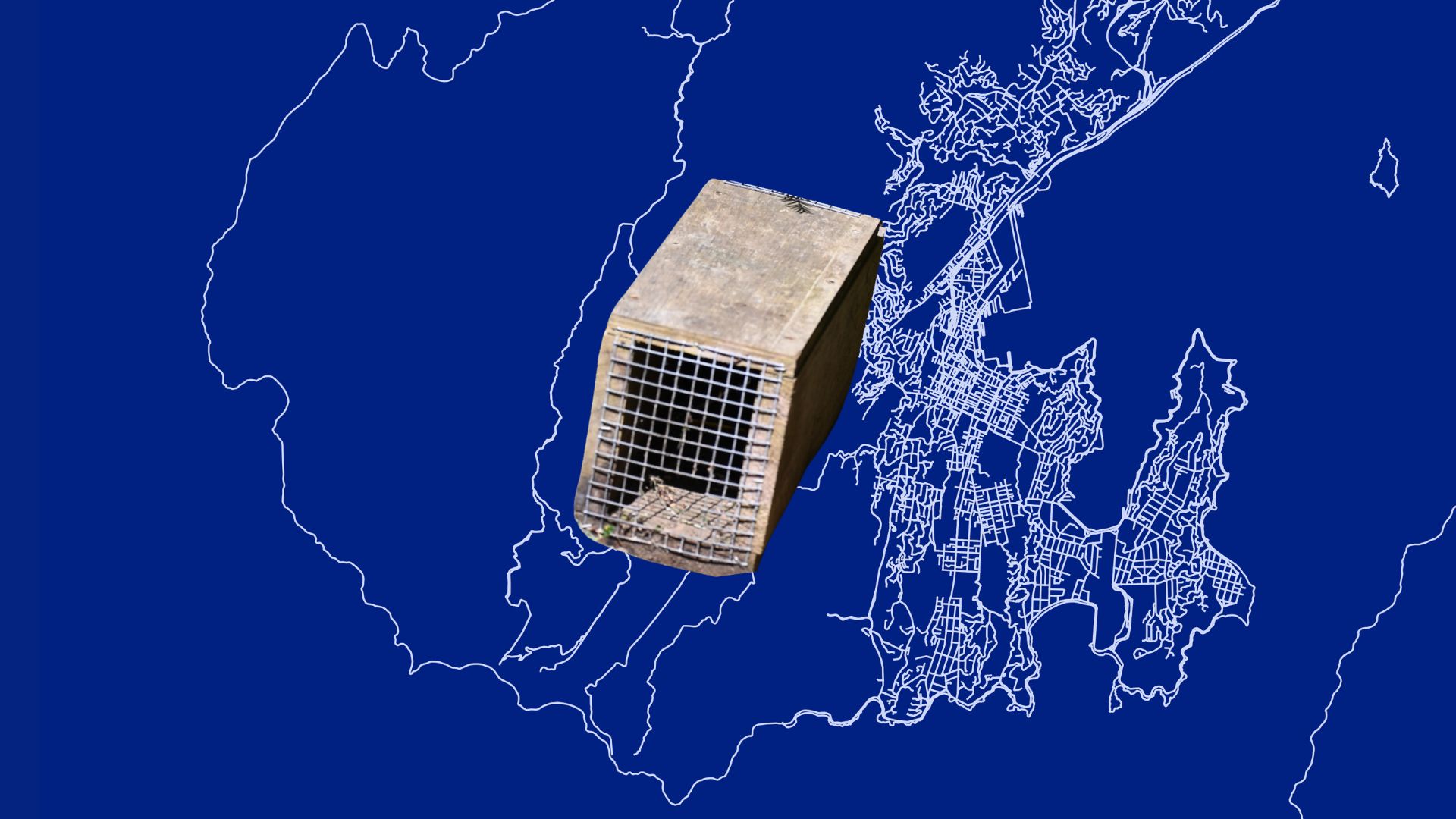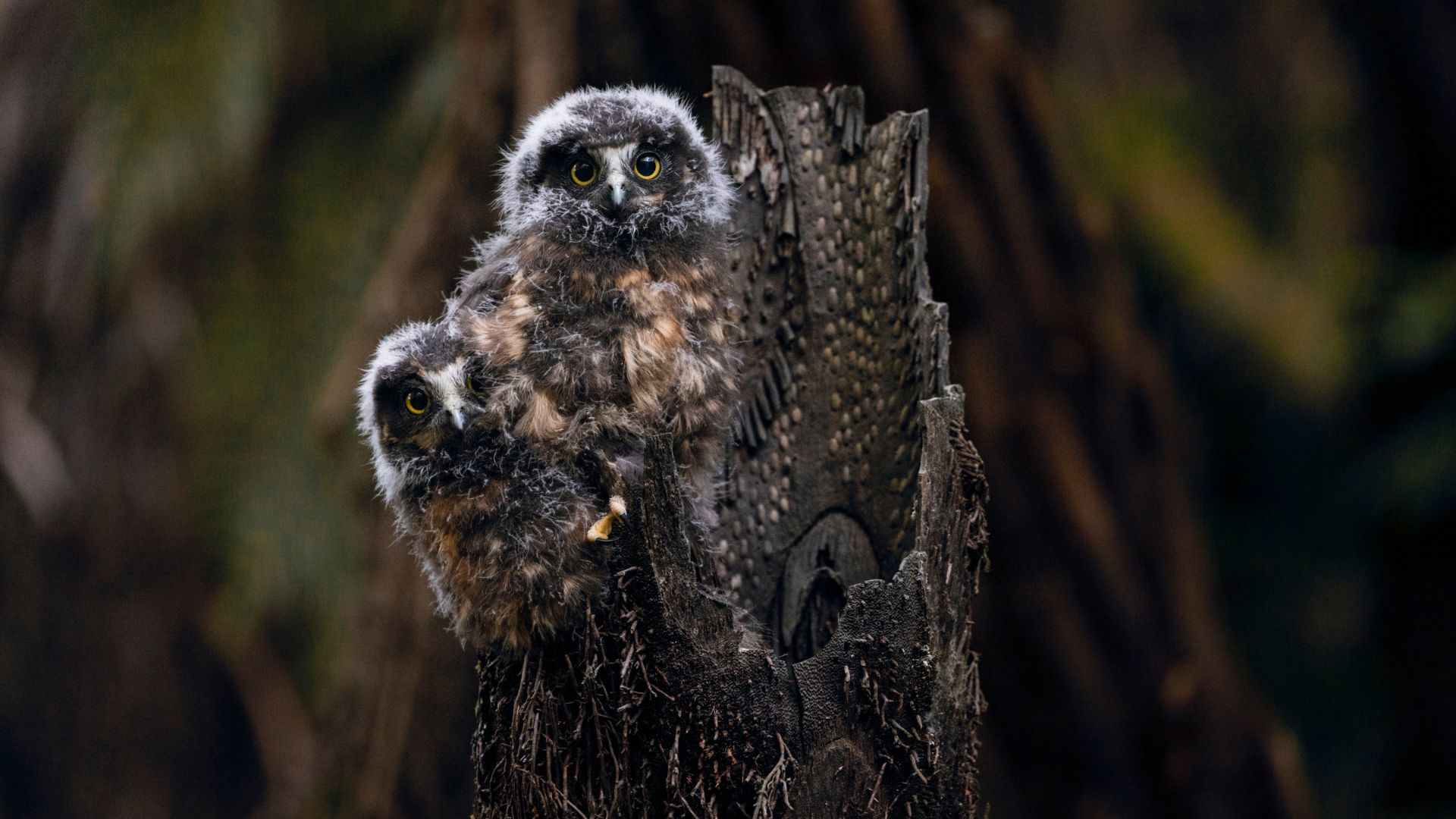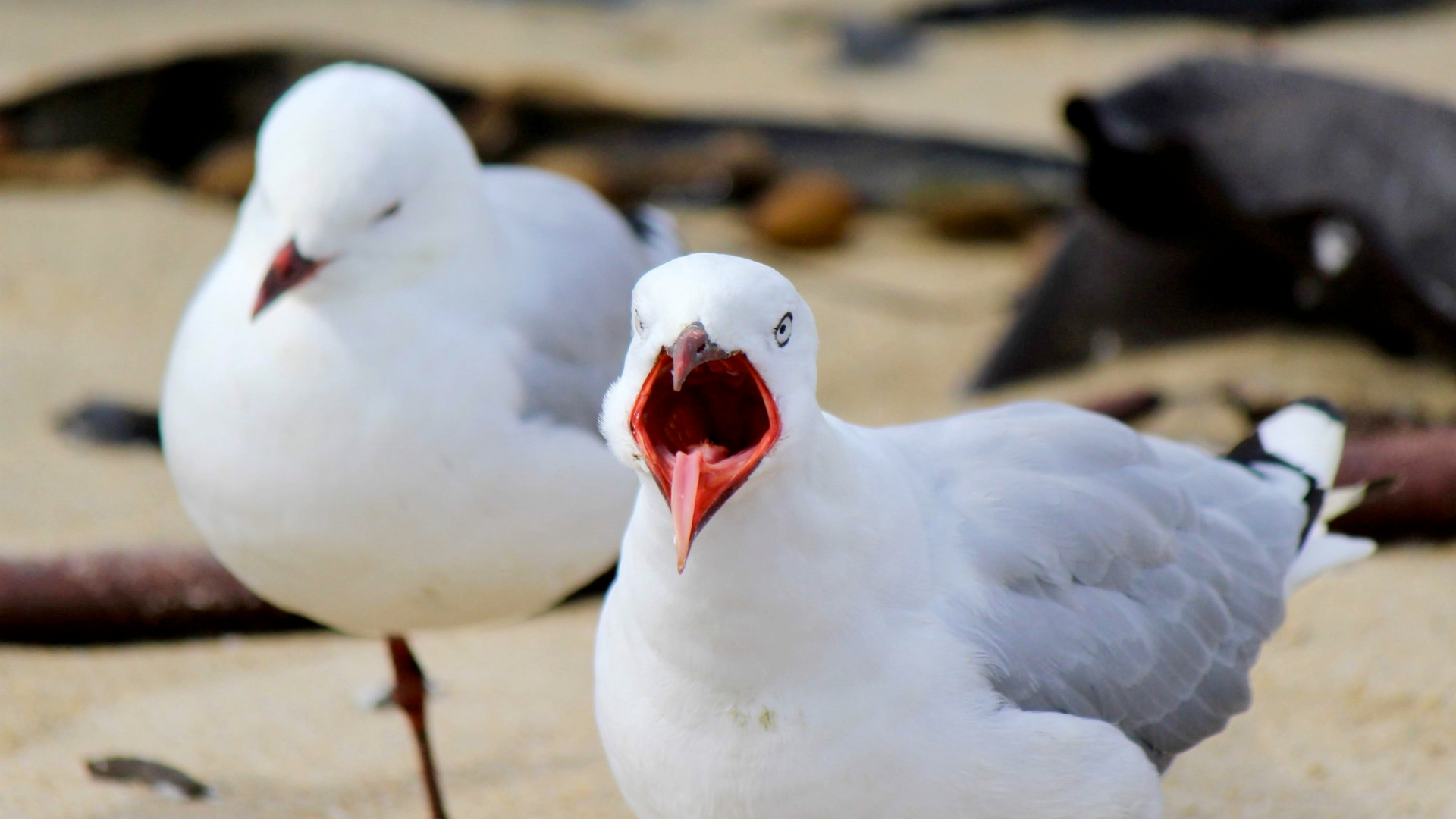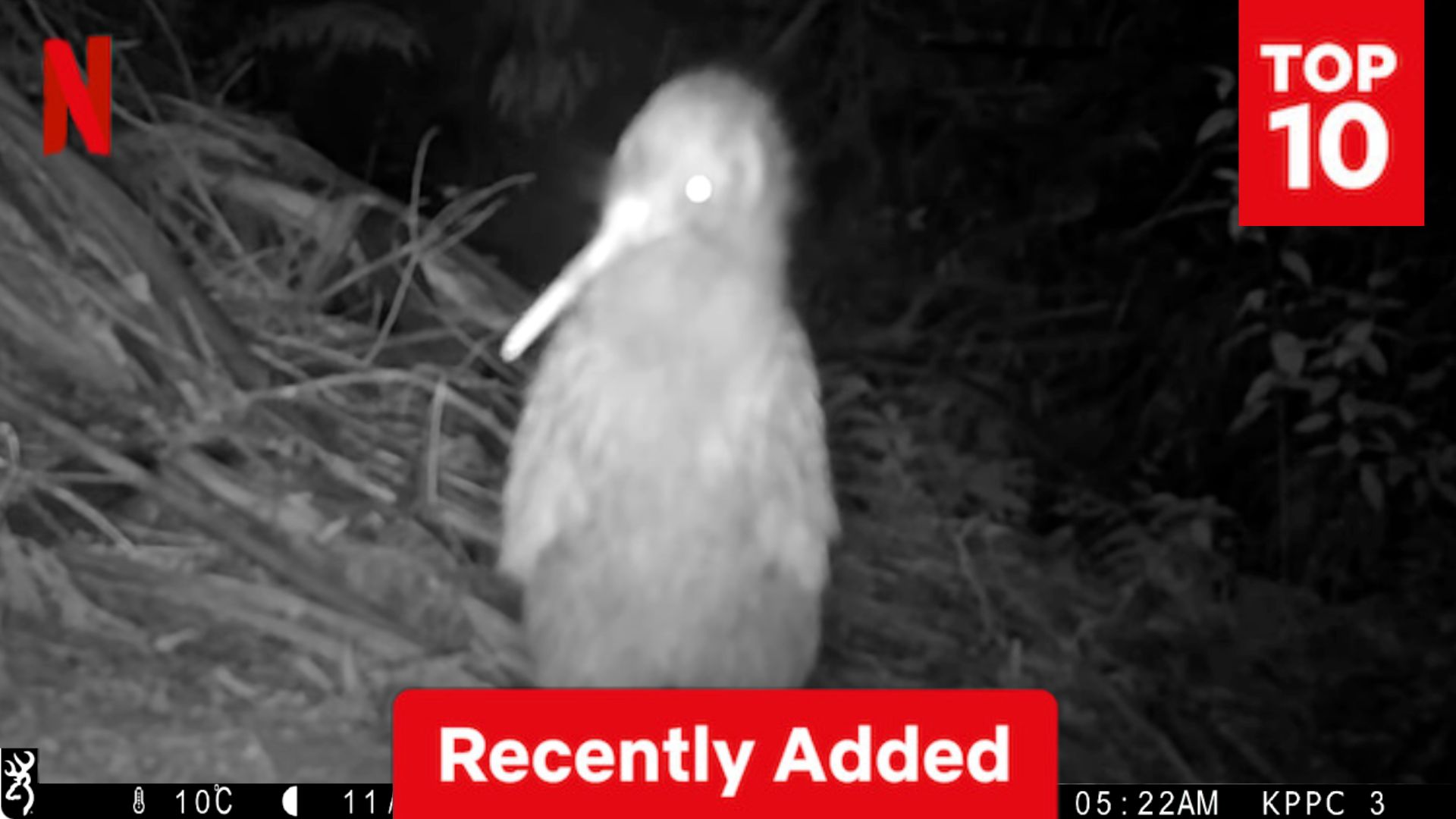“Underrated predators”: 5 surprising facts about hedgehogs
Hedgehogs were first introduced in New Zealand in the 1870s to make British settlers feel more at home. Now, 150 years later, the impact hedgehogs…
Old socks and kitchen tongs? 7 accessories to elevate your trapping kit
Trapping might not be glamorous, but there’s still room to accessorise. Whether you’re a seasoned trapper or just starting out, having the right kit makes…
“The rarest bird you’ve never heard of”: last stand against feral cats for southern dotterel
Six rangers and 472 feral cat traps stand between the pukunui (southern NZ dotterel) and oblivion. When ranger Daniel Cocker arrives to check on one…
Are these the most scenic traps in New Zealand?
Exploring most trails in Aotearoa, you might notice wooden boxes or contraptions. While mysterious to those unfamiliar, they are actually signs of hope. New Zealand…
The future is now: 5 tech advancements for Predator Free 2050
Tools of the trade are getting smarter, cooler and downright futuristic. While there’s no magical silver bullet for solving our pest problem, a wave of…
Keep kea safe: predator control guidelines
Kea are naturally curious – but that curiosity can be dangerous for them. The Kea Conservation Trust has a safe practice guide for ground-based predator…
Love songs of summer: 5 cool cicada facts
That deafening chorus of cicadas you hear on a summer stroll? It’s the sound of males loudly serenading females in their quest for love. From…
Five things to rid a city of rats: Predator Free Wellington’s Urban Blueprint
Since 2019, Predator Free Wellington (PFW) has been working to rid the capital of rats, mustelids, and possums. As a world-first urban eradication project, it…
The accidental ruru guru
Rowan Nicholson has been there for moments few humans have witnessed: the secretive nocturnal mating of ruru (morepork) and the wide-eyed wonder of newly hatched…
Expert reaction: what does lifting the ‘ban’ on genetic modification mean for predator free?
The government plans to reform the country’s strict regulations on genetically engineered or modified organisms outside the lab. What does this mean for the predator…
Native chippy pinchers: 5 surprising facts about our native gulls
What comes to mind when you think of a gull? Noisy seaside neighbours? Picnic scavengers? How about declining species? 1. Three types of native gulls…
Your next binge-watch: The Secret Life of Northland Wildlife
Who needs Netflix when you’ve got the secret lives of local wildlife to watch? From kiwi showing off their tiny wings to a bittern gulping…
Kākāpō comeback: will Predator Free Rakiura restore a lost wilderness?
Once, under the towering rimu and tōtara of Rakiura (Stewart Island), the booming calls of kākāpō resonated through the night. These moss-green, flightless parrots thrived…
A day in the life: Predator Free Wellington
From suburban backyards to the steep south coast, Predator Free Wellington’s field staff are methodically clearing the capital city of rats. Curious about their day-to-day…
No roads, no problem: how planes are saving Fiordland’s whio
A surprise population of rare whio (blue duck) has sparked the expansion of traplines in Fiordland’s isolated Kaipo Valley. But how can we lay and…

